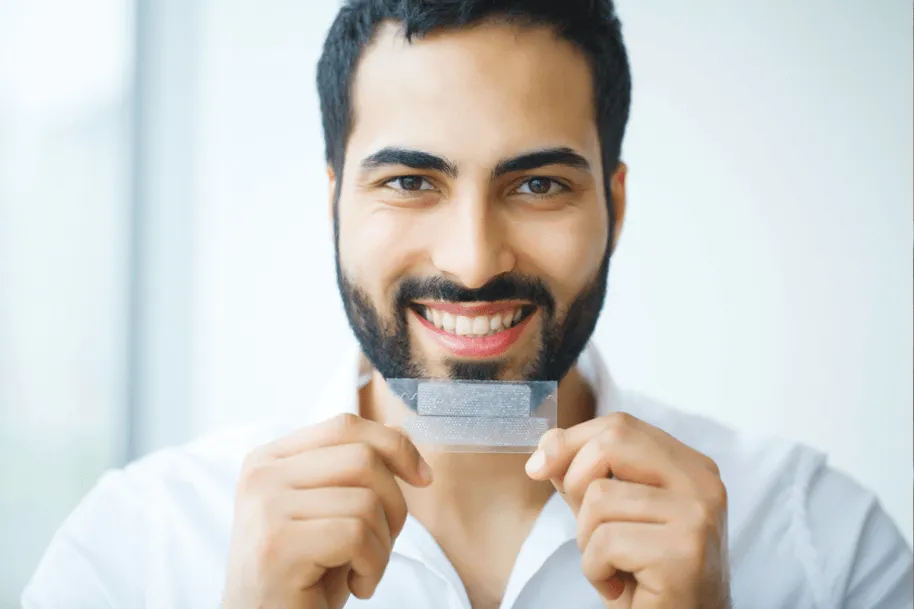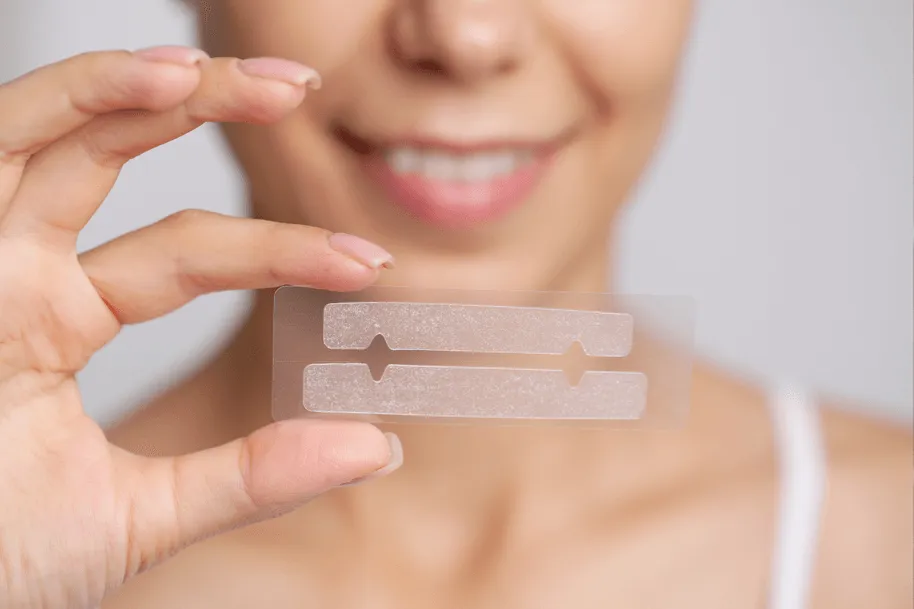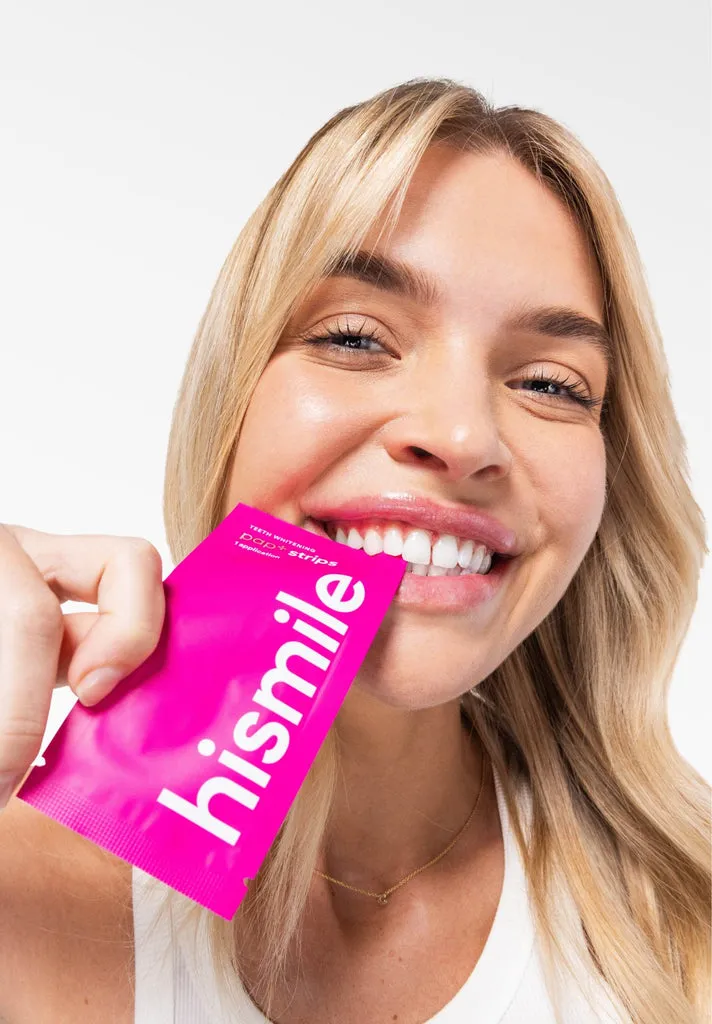Expired Whitening Strips What’s the Deal?
Teeth whitening strips are a convenient way to brighten your smile, but what happens when those strips expire? Many people wonder if it’s safe or effective to use them past their expiration date. This article delves into the specifics of expired whitening strips, providing you with the knowledge you need to make informed decisions about your oral health. We’ll explore the shelf life of these products, the reasons behind expiration dates, potential risks, and safer alternatives. Understanding these aspects will help you maintain a healthy and radiant smile without unnecessary risks. Let’s dive in and uncover the truth about using expired whitening strips and ensure you are making the best choice for your teeth.
Shelf Life of Whitening Strips
Whitening strips, like many cosmetic and pharmaceutical products, have a limited shelf life. This period is determined by various factors, including the ingredients used, the packaging, and how the product is stored. Typically, most whitening strips are designed to maintain their efficacy for about 18 to 24 months from the manufacturing date. However, this can vary among different brands and formulations. The expiration date is crucial as it indicates the period during which the product is expected to be at its best in terms of both effectiveness and safety. Beyond this date, the active ingredients may begin to degrade, potentially reducing their whitening power and increasing the risk of adverse effects. It’s always a good practice to check the expiration date before using the strips and to store them properly, away from extreme temperatures and humidity, to preserve their shelf life.
Why Do Whitening Strips Expire?

Whitening strips expire due to a few key reasons, primarily related to the stability of their active ingredients and the integrity of the strip itself. The primary whitening agent, typically hydrogen peroxide or carbamide peroxide, is a relatively unstable compound. Over time, these chemicals break down, losing their potency and reducing the effectiveness of the whitening process. The strip’s material can also degrade. The plastic or gel-like material of the strip can become less effective at adhering to the teeth or may even change in consistency, making it difficult to apply or potentially causing irritation. The packaging also plays a critical role, as it protects the strips from environmental factors like air, light, and moisture. Once the packaging is compromised or past its expiration date, the strips may be exposed to these factors, accelerating the degradation process. These factors collectively contribute to why whitening strips have a limited lifespan, emphasizing the importance of adhering to the expiration date for both safety and optimal results.
Expiration Date vs. Effectiveness
The expiration date on whitening strips directly correlates with the product’s effectiveness. As the active ingredients, such as hydrogen peroxide, break down over time, the whitening power diminishes. This means that expired strips might not whiten your teeth as effectively as fresh ones. In some cases, the reduction in potency can be significant, leading to disappointing results even after multiple applications. Additionally, the degradation of the chemical compounds might not only affect the whitening performance but could also alter the product’s overall safety profile. While the risk is often low, using expired products could potentially increase the likelihood of irritation or other adverse reactions. Therefore, relying on the expiration date is a crucial aspect of ensuring you get the expected results and maintain your oral health. Always check the date and consider the risks before using expired whitening strips, and prioritize using products within their recommended lifespan for the best and safest outcomes.
Top 5 Things To Know About Using Expired Whitening Strips
Before using expired whitening strips, it’s crucial to understand the potential implications. Here are the top 5 things to consider before using them. These factors will help you make an informed decision and keep your oral health a top priority. Understanding these points will help ensure that your smile remains healthy and bright, and that you avoid any unnecessary risks associated with expired products.
Risk 1 Sensitivity Increase

One of the primary risks of using expired whitening strips is an increased likelihood of tooth sensitivity. As the active ingredients in the strips degrade, they can become less stable and might cause more irritation to your gums and teeth. This can lead to heightened sensitivity to hot and cold foods and drinks, causing discomfort during the whitening process. Expired products might contain altered concentrations of chemicals, leading to a greater chance of enamel erosion, which further increases sensitivity. If you experience any sensitivity during or after using expired strips, it’s essential to stop using them immediately and consult your dentist. This way, you can ensure that your teeth stay healthy and that you don’t face any long-term issues. Remember to prioritize your comfort and oral health when making decisions about teeth whitening.
Risk 2 Reduced Effectiveness
Expired whitening strips often suffer from reduced effectiveness. The active whitening agents, typically hydrogen peroxide or carbamide peroxide, degrade over time. This degradation means that the concentration of these chemicals decreases, making the strips less potent. As a result, you might not see the desired whitening results even after multiple applications. You could end up wasting your time and money on a product that barely changes your tooth shade. Moreover, relying on expired strips might lead you to use them more frequently, hoping to achieve better results. This can increase your risk of other side effects, like tooth sensitivity or gum irritation. For optimal results and to avoid disappointment, it’s always best to use whitening strips before their expiration date.
Risk 3 Potential for Irritation
Using expired whitening strips can increase the potential for irritation in the mouth and gums. As the active ingredients break down, they might release different or more concentrated chemicals than originally intended. This can lead to redness, swelling, or soreness in the gums. The strips themselves might also degrade, causing them to become less adhesive or change their texture, which can further contribute to irritation. Some individuals may experience a burning sensation or blistering. If you notice any irritation or discomfort after using expired strips, discontinue use immediately and rinse your mouth with water. If the irritation persists or worsens, seek advice from a dentist. Prioritizing your oral health involves always using products within their expiration dates to reduce the risk of any adverse reactions.
Risk 4 Change in Chemical Composition

The chemical composition of whitening strips can change significantly after their expiration date. The active ingredients, such as hydrogen peroxide, start to break down, leading to a change in concentration and effectiveness. This degradation can result in the formation of new chemical compounds, some of which may not have been tested for safety or efficacy. These altered chemicals might irritate the gums, damage tooth enamel, or cause allergic reactions. Additionally, the pH level of the strips may shift, potentially increasing the risk of sensitivity and discomfort. Using expired products means you’re exposing your mouth to substances that might not be safe. For these reasons, it is always best to stick to products within their expiration dates to maintain your oral health and safety.
Risk 5 Bacterial Contamination
Expired whitening strips may be at a higher risk of bacterial contamination. Over time, the packaging of the strips can become less effective at protecting the product from external elements, such as air and moisture. This can create an environment where bacteria can grow and thrive, especially if the strips are not stored properly. Introducing bacteria into your mouth can lead to a range of oral health issues, including gum infections or tooth decay. Even if the strips appear visually unaffected, they might harbor harmful microorganisms that can cause problems. Therefore, using products within their expiration date is crucial for minimizing the risk of bacterial contamination and maintaining a healthy oral environment.
How to Use Expired Whitening Strips Safely
While it’s generally not recommended, you might consider certain precautions if you choose to use expired whitening strips. Remember that using expired products always carries risks, and it’s best to consult a dentist for advice. Here’s how to minimize the potential dangers if you proceed:
Check the Strips’ Condition

Before using expired whitening strips, carefully examine their condition. Check for any visible signs of damage, such as tears, discoloration, or changes in texture. If the strips appear dry, brittle, or have an unusual odor, it’s best not to use them, as these are signs of degradation. Also, inspect the packaging to ensure it is intact and has not been compromised. If the packaging is damaged or the strips seem to have been exposed to air or moisture, discard them. Using damaged strips can lead to reduced effectiveness and increase the risk of irritation. Proper examination can help you identify and avoid potentially harmful products, thus prioritizing your oral health and safety.
Monitor for Sensitivity or Irritation
If you decide to use expired whitening strips, carefully monitor your teeth and gums for any signs of sensitivity or irritation. Pay close attention to how your teeth feel after applying the strips. Note any discomfort, such as increased sensitivity to hot or cold foods and drinks. Also, examine your gums for redness, swelling, or soreness. If you experience any of these symptoms, discontinue use immediately. Rinse your mouth with water and consult a dentist if the symptoms persist or worsen. Your comfort and well-being should be the top priority. Monitoring your response to the expired strips is crucial for protecting your oral health and preventing any potential long-term issues.
Consult a Dentist
Before using expired whitening strips, it’s highly advisable to consult with a dentist. A dental professional can assess your oral health, discuss the potential risks of using expired products, and provide tailored advice based on your individual needs. They can also recommend safer and more effective teeth whitening options. Your dentist can evaluate your teeth for any existing conditions, such as sensitivity or enamel erosion, that might make using expired strips particularly risky. They can also offer professional teeth whitening treatments, which are more effective and safer than using expired over-the-counter products. Consulting a dentist is a critical step in ensuring you make informed decisions about your oral health and achieve the best possible results while minimizing any potential harm.
Alternatives to Expired Strips

If you are looking for alternatives to expired whitening strips, several safer and more effective options are available. Professional teeth whitening performed by a dentist is often the most reliable choice. This involves applying a stronger bleaching agent under careful supervision, ensuring optimal results while minimizing risks. Another option is using whitening toothpastes or mouthwashes that contain mild abrasives or whitening agents. These products can help remove surface stains and maintain your teeth’s brightness. Furthermore, you could consider over-the-counter whitening kits that are within their expiration date and come from reputable brands. These kits typically offer a range of options and strengths, allowing you to choose one that suits your needs and sensitivity levels. These alternatives provide effective solutions for achieving a brighter smile while prioritizing your oral health and safety.
Conclusion
In conclusion, while the temptation to use expired whitening strips might be strong, understanding the risks is paramount. From reduced effectiveness to potential irritation and chemical changes, the downsides outweigh the benefits. Prioritizing your oral health by using fresh, in-date products or exploring safer alternatives like professional whitening or dentist-approved treatments is always the best course of action. Consulting with a dentist provides personalized guidance and ensures that your path to a brighter smile is both effective and safe.
